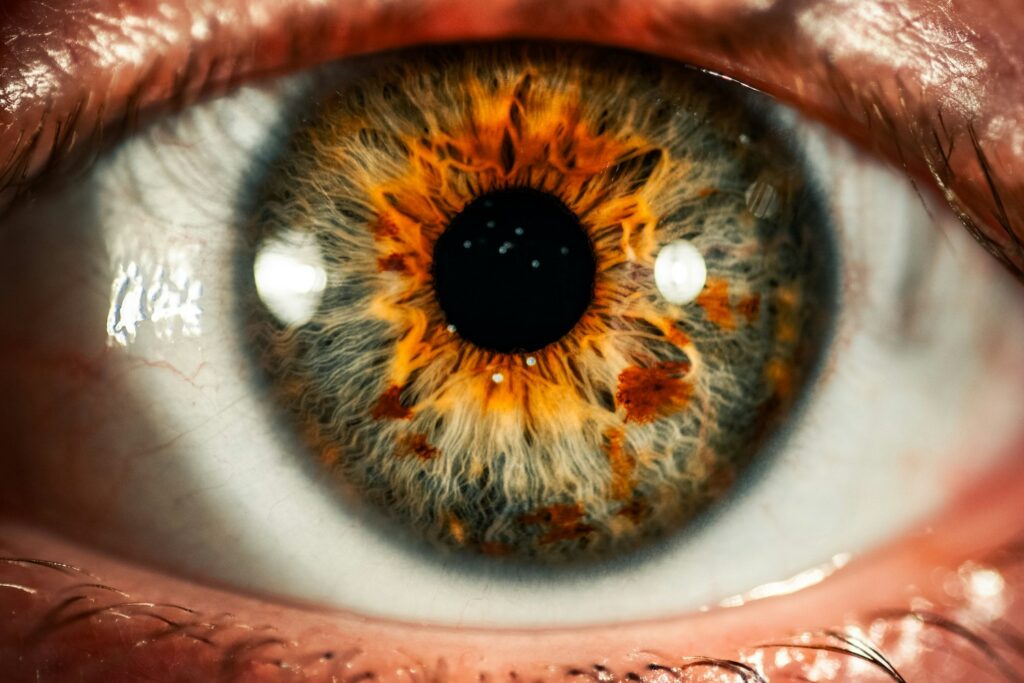Cataracts are the leading cause of blindness globally, affecting millions of people, especially the aging population. This condition is characterized by the clouding of the eye’s natural lens, which lies behind the iris and the pupil. As cataracts develop, they cause vision to become blurry, dim, or less colorful, significantly impacting a person’s quality of life. The good news is that cataract-related blindness is preventable. Understanding the risk factors, symptoms, and preventive measures is crucial in mitigating this common cause of vision loss.
Understanding Cataracts
Cataracts form when proteins in the eye’s lens clump together, creating cloudy areas that obscure vision. This process can occur in one or both eyes and often progresses slowly. While age is the primary risk factor for cataracts, several other factors can accelerate their development, including diabetes, excessive exposure to ultraviolet (UV) light, smoking, obesity, hypertension, prolonged use of corticosteroid medications, and a family history of cataracts.
Symptoms of Cataracts
Early-stage cataracts might not cause noticeable symptoms. However, as they advance, individuals may experience:
- Blurred or cloudy vision
- Increased difficulty seeing at night
- Sensitivity to light and glare
- Seeing “halos” around lights
- Fading or yellowing of colors
- Double vision in a single eye
- Frequent changes in eyeglass or contact lens prescriptions
Recognizing these symptoms early is vital for timely intervention.
Preventive Measures
Preventing cataract-related blindness involves a combination of lifestyle changes, regular eye check-ups, and managing underlying health conditions. Here are several strategies to help reduce the risk of developing cataracts:
- Regular Eye Examinations: Routine eye exams can detect early signs of cataracts and other eye conditions. For those over 40, it is recommended to have a comprehensive eye exam every two years, increasing to annually after age 60.
- UV Protection: Prolonged exposure to UV radiation from the sun can increase the risk of cataracts. Wearing sunglasses that block 100% of UV rays and a wide-brimmed hat can protect your eyes from harmful UV exposure.
- Healthy Diet: Consuming a diet rich in antioxidants can support eye health. Vitamins C and E, found in fruits and vegetables like oranges, strawberries, bell peppers, almonds, and spinach, are particularly beneficial. Omega-3 fatty acids, found in fish, nuts, and seeds, also support overall eye health.
- Avoid Smoking: Smoking doubles the risk of developing cataracts. Quitting smoking not only benefits your eye health but also improves overall health.
- Manage Chronic Conditions: Diseases like diabetes significantly increase the risk of cataracts. Maintaining good control over blood sugar levels through a healthy diet, regular exercise, and medication adherence can reduce this risk.
- Limit Alcohol Consumption: Excessive alcohol intake can contribute to cataract formation. Moderation is key, following guidelines for safe alcohol consumption.
- Eye Protection: Protect your eyes from injury by wearing appropriate protective eyewear during activities that pose a risk of eye injury, such as sports or certain occupations.
Treatment and Surgery
When cataracts significantly impair vision and affect daily activities, surgical intervention is often required. Cataract surgery is a highly effective procedure where the clouded lens is removed and replaced with a clear artificial lens. This outpatient surgery boasts a high success rate, with most patients experiencing improved vision post-surgery.
Conclusion
Cataract-related blindness is largely preventable through a combination of proactive eye care and healthy lifestyle choices. During Cataract Awareness Month, it’s important to spread awareness about the significance of regular eye examinations, UV protection, a nutritious diet, and the avoidance of harmful habits like smoking. By taking these steps, individuals can preserve their vision and maintain a high quality of life as they age. Early detection and timely treatment are key to preventing cataracts from leading to blindness, ensuring that clear vision can be enjoyed for years to come.


